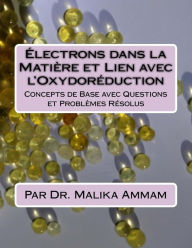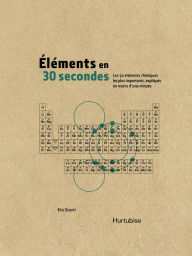Defect and Microstructure Analysis by Diffraction
by Robert Snyder
2020-07-24 10:51:26
Defect and Microstructure Analysis by Diffraction
by Robert Snyder
2020-07-24 10:51:26
Defect and Microstructure Analysis by Diffraction is focused on extracting information on the real structure of materials from their diffraction patterns. The primary features of a powder diffraction pattern are determined by the "idealized" periodi...
Read more
Defect and Microstructure Analysis by Diffraction is focused on extracting information on the real structure of materials from their diffraction patterns. The primary features of a powder diffraction pattern are determined by the "idealized" periodic nature of the crystal structure. With the
advent of computer automation the techniques for carrying out qualitative, quantitative and structure analysis based on the primary pattern features rapidly matured. In general, the deviations of a particular specimen, from the ideal or perfect crystal structure, cause diffraction peak profiles to
broaden and sometimes to become asymmetric. Thus, information on the real structure or microstructure of a specimen can be obtained from a careful study of the diffraction line profiles. The evolving techniques for microstructure analysis from diffraction patterns such as micro-strain, crystallite
size, macro-strain and preferred orientation analysis require an ever more detailed understanding of the effects of crystallographic mistakes on peak assymmetry and the effect of the distribution of small crystallites on the tails of diffraction peaks. This book provides a comprehensive analysis of
the fundamental theory and techniques for microstructure analysis from diffraction patterns and summarizes the current state of the art. This complete survey lays the foundation for the next and last major development in this field: the extraction of the full information in a powder pattern by the
simulation of the full experimental pattern. The goal of this branch of science is to extract all of the information locked in the powder diffraction pattern including: the types and densities of stacking faults, the strain field produced by each, the anisotropic crystallite size and orientation,
along with the size and strain distributions of each phase in a specimen. This book provides a complete summary of the developments of the twentieth century and points the way.
Less






























